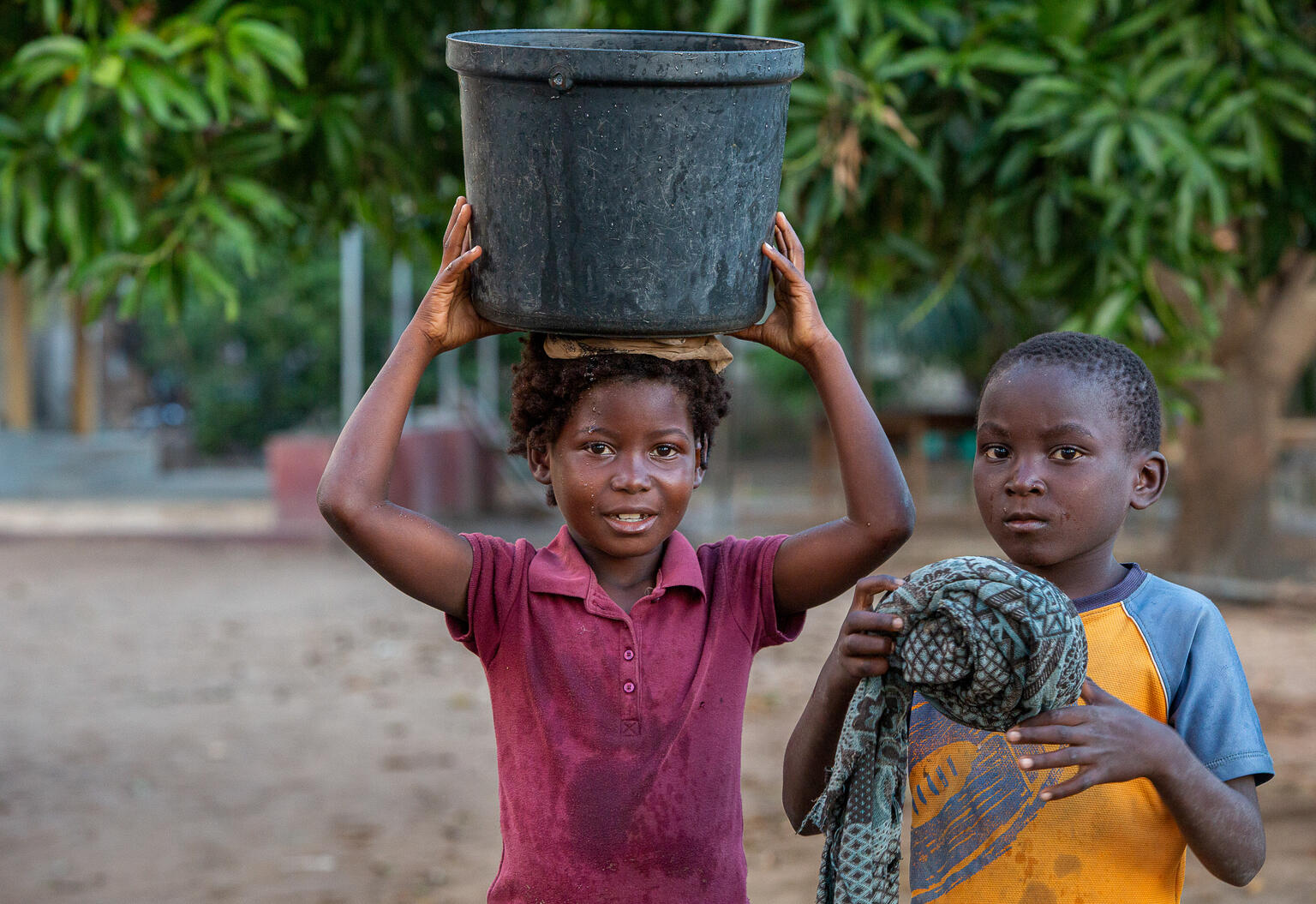
A new study by Save the Children Germany and its subsidiary the Centre for Child Rights and Business looked at manufacturing, agriculture and mining industries in eight countries to shed light on the situation of children impacted in these industries.
The report analysed 20 supply chain child rights risk assessments – studies that assess the direct and indirect impacts of businesses on children’s rights – conducted between 2019 and 2021 in Ethiopia, Brazil, India, Indonesia, Sri Lanka, Vietnam, Turkey and the Democratic Republic of Congo. 2,750 parents and 1,800 children were interviewed, and discussions held with other stakeholders in supply chains and communities. The report found that child labour is almost endemic – there was direct evidence of child labour in 10 of 20 risk assessments and of very high risk in eight of the remaining 10.
This study covers an important time period with current crises stalling past progress to end child labour. Estimates suggest that 160 million children around the world, or 1 in 10 of all children, are involved in some form child labour, with theimpacts of the COVID-19 pandemic, conflict and climate change stagnating progress. The number of children involved could rise by almost 9 million by the end of 2023 – marking the first increase in two decades.
Child labour violates children’s rights and jeopardises their physical and mental health, sometimes permanently. It is a hazard for development, placing children at heightened risk of experiencing many other forms of abuse and exploitation.
The Save the Children report reveals important insight to the state of the practice as it stands today:
The major causes for children’s involvement in work are low family incomes and high education costs. Family income can be far below the minimum standards in many of the assessed countries. Lack of income and poverty lead to children working to meet their right to basic services and help support their families.
My father’s income was insufficient to spend on the education of 4 children. So, I started to work at 14 so that my two younger brothers could attend school.
Children often work to be able to afford schooling for themselves or their siblings. The education crisis brought on by the COVID-19 pandemic led to an increase in child labour – with incomplete education, many children were forced to find employment in hazardous conditions and could not return to schools.
Things got complicated during lockdown. Mom no longer went to the mine, so we didn’t have the money to pay for school fees, and they sent me back home. I couldn’t go to school anymore.
The analysis showed that the vast majority of child labour cases are hidden “below the surface” in deeper tiers of the supply chains and informal sectors of the economy. Children engaging in informal work outside their homes are particularly vulnerable to exploitation with lower pay and longer working hours.
Based on these insights, the report made recommendations for businesses and government. These include efforts to:
- Increase the visibility of child rights risks and encourage transparency throughout the process of supply chains
- Implement policies and procedures that meet international standards and national laws
- Promote decent work for youth in the formal sector. Establish child rights-centred remediation systems
- Provide workers and their children with access to social security and healthcare
- Engage in community-based activities to tackle the root causes of child labour
In the report, there are practical examples of operationalising these recommendations for each of the sectors covered.
Image: © UNICEF:UN0820848:Zuniga_Mozambique
